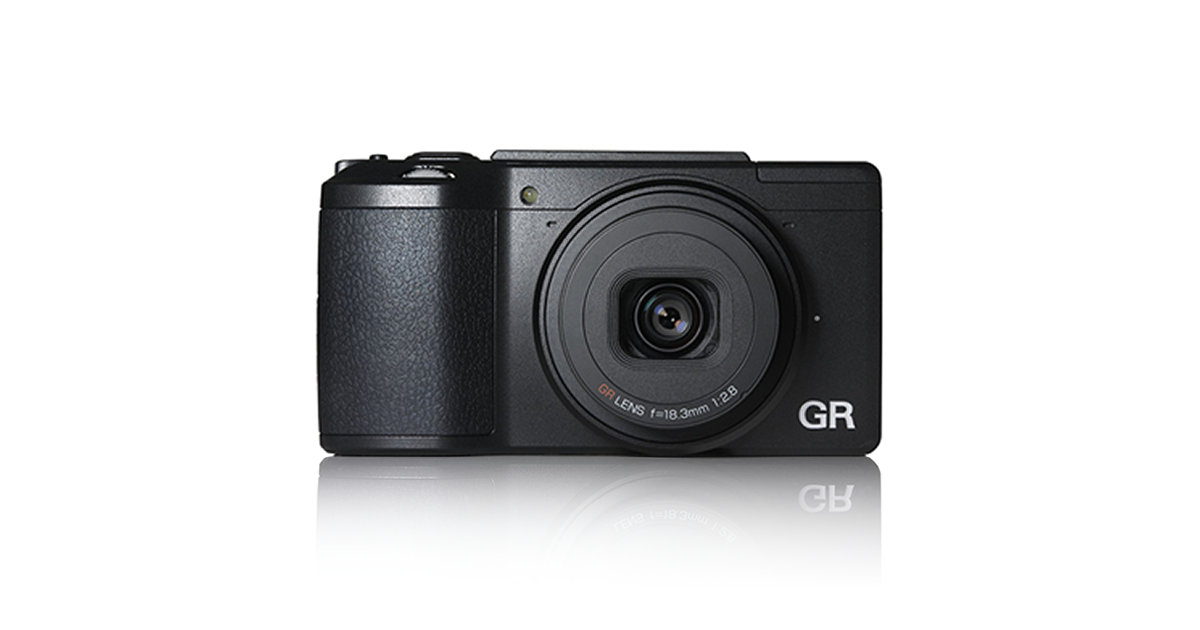- MarshallG wrote:
Is there any camera with this thing available now???? it should not too hard and need no big space in camera since existing wireless radio flash trigger which available in the market small enough with its battery slot and lcd. without both of that (which can join to camera's battery and lcd) the trigger only a small piece..
It is joyful if small camera (1" sensor) with it will exist, it will very useful for family and small party or something like that
dedirg
Some Nikons like the D500 if i remember have a radio trigger.
No. Neither Nikon, Canon nor Sony... or any other camera maker I’m aware of... includes a built-in wireless RADIO flash controller. Many Canon DSLR’s with built-in flash can use the flash as a wireless flash trigger, but these optically-triggered solutions are limited because of line of site, and also because the on-camera flash must fire during exposure, which affects the catchlights and has otherwise non-desirable effects.
I have a Canon ST-E3 radio flash trigger and it’s great once you set it up correctly, with a custom radio channel and ID selected on the transmitter and all of your flash units. It’s compact and very effective. Nikon also makes one and there are third party systems, but I prefer the way Canon integrates their solution with the camera’s menus.
Even so... YES, this should definitely be a built-in feature of high end DSLR’s.
great idea, but which brand of radio should they be compatible with?

